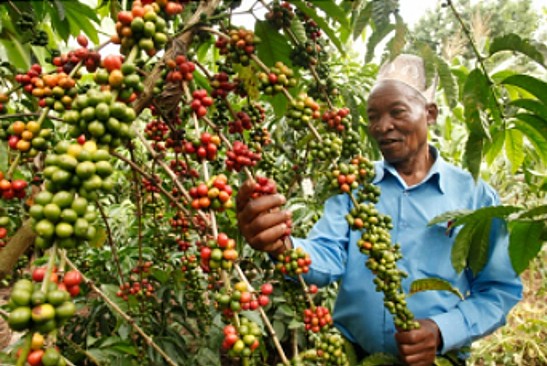I just finished reading Bill Gates’ latest missive following his attendance at COP26 in Glasgow, Scotland. He was an invited speaker who talked about developing and deploying clean technologies, the Net Zero World Initiative, an initiative headed up by the U.S., other countries and philanthropic partners, and the Breakthrough Energy Catalyst program, an innovation accelerator focused on decarbonizing emission-intensive sectors of the global economy.
Gates also observed that climate adaptation, which had taken a back seat to mitigation in most previous COP events, was now at the forefront. In his summary of observations from COP26, he states, “The worst tragedy of rising temperatures is that they will do the most harm to the people who have done the least to cause them.” That’s what the focus on adaptation should address: helping the poorest people and nations of the world to adapt to climate change. That doesn’t just mean throwing money at these countries, but rather should involve working with their own national experts on home-grown solutions.
I read about efforts recently by Ugandan scientists to address droughts and unpredictable weather patterns on their most important cash crop, Robusta Coffee. In 2020, the coffee harvest yielded $559 million US for the country’s growers. But the looming threat of climate change is prompting local science to come up with solutions. At The National Coffee Research Institute (NaCORI) established in 2014, Ugandan researchers are responding to the evolving environment, particularly the growing threat of drought, to diseases such as coffee wilt and red blister, and to declines in soil fertility from monoculture agricultural practices. From these efforts, Ugandan scientists have been able to develop 10 new varieties in the last decade using molecular or DNA marker-assisted selection without the assistance of more advanced technology tools like CRISPR.
This week in Glasgow, with practical solutions to adapt to climate change at the forefront of discussions, global leaders in business and countries are committing hundreds of millions of dollars to support local-based solutions and making longer-term pledges to fund projects initiated by locals. Giving voice to the “Global South” on how money pledges get spent is an important step for wealthier countries and multibillion-dollar enterprises that have been the principal contributors to global warming.
(If the term Global South is unfamiliar, its origins come from organizations such as nation-states who deemed themselves non-aligned during the Cold War. Often referred to as the Developing or Third World, the Global South, in a non-nation-state context, can be defined as those living in poverty, or are subjugated, or have been negatively impacted by globalization, and largely exist in areas south of the Western nations of Europe and North America.)
COP26 devoted November 8th to addressing adaptation, loss and damage from climate change. In the media statement of the day issued by the President of COP, it notes that the last year has seen extreme weather all across the world including floods, wildfires, and the first confirmed climate-change-induced drought (Madagascar). The need to finance adaptation strategies, therefore, is incumbent on countries of the Developed World, businesses, and the banking and financial communities of these nations to help climate-vulnerable communities. The following announcements accompanied the statement:
- Over 70 endorsements worth over $450 million to be given to initiatives in support of the Principles for Locally Led Adaptation.
- A campaign called the Race to Resilience to bring together initiatives to strengthen the urban, coastal and rural communities representing 2 billion people worldwide.
- Commitments from Australia, New Zealand, Italy and the African Development Bank (AfDB) to climate finance for adaptation projects.
- $232 million added to the U.N. sponsored Adaptation Fund coming from the UK, US, Canada, Sweden, Finland, Ireland, Germany, Norway, Qatar, Spain, and Switzerland.
- A UK sponsored £290 million adaptation fund that includes £274 million for the Climate Action for a Resilient Asia (CARA) program.
- And Adaptation Communications or National Adaptation Plans (NAPs) were announced as adopted by 88 countries to increase preparedness for climate risks.
National Adaptation Plans are of equal importance to Nationally Determined Contributions. So it is hoped that by the end of COP26, participants can produce adaptation articles of agreement similar to the ones adopted to cover contributions back in 2015 in Paris.
But even Article 6 of the Paris Climate Agreement which governs the mechanisms for measuring contributions remains incomplete. Although it calls for bilateral agreements between countries in terms of emission pledges and reductions and a trading mechanism for carbon credits, the article never fleshed out the mechanisms and authorities responsible for execution and oversight.
Can COP26 do justice to both adaptation and emission contributions before it closes next week? I’m not betting on it.








